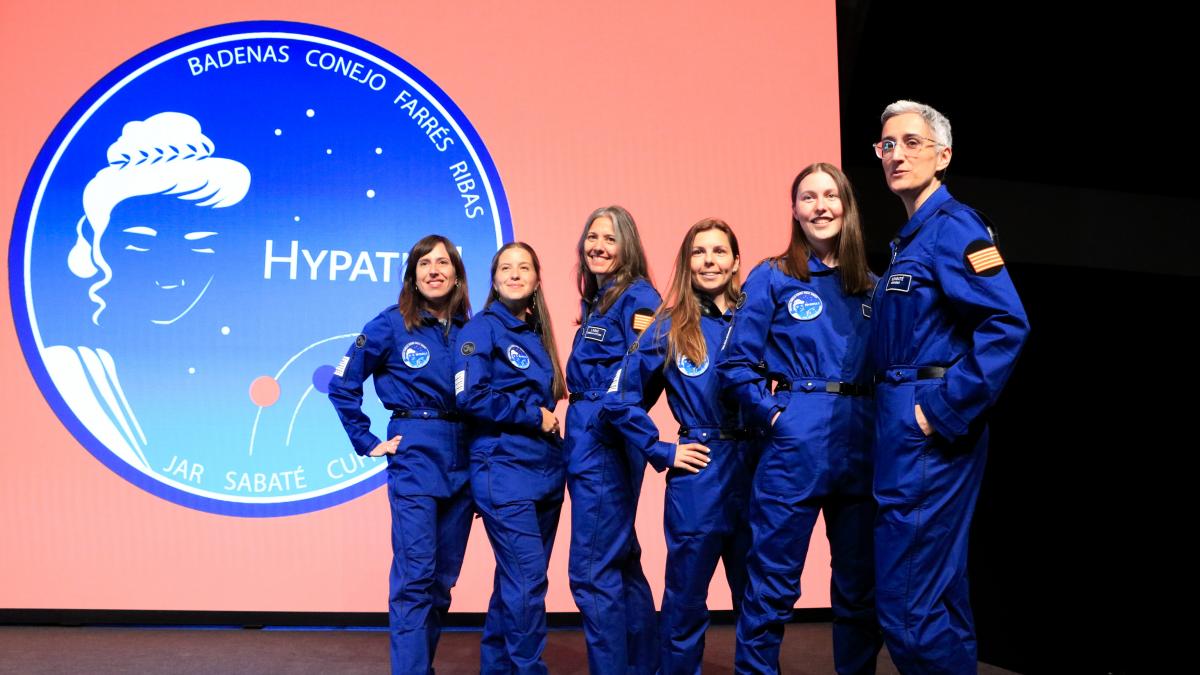Nine Catalan women scientists are about to embark on a mission to the Mars Research Desert Station (MDRS). The facility is located in the desert of Utah (USA) and recreates the conditions of life on Mars.
The Hypatia I mission, as the project is called, is a historic initiative.
This is the first time that local female researchers of different disciplines and ages have been selected for a mission at this simulation station.
The gender gap is a problem in many sectors, including science.
Although women have come a long way in the scientific community, there is still a long way to go.
The mission commander, astrophysicist Mariona Badenas-Agustí, indicates that the project seeks to contribute to a more inclusive and diverse science in favor of the recognition of women in these fields.
Catalan women scientists in the Hypatia I mission
The project has been funded by the Generalitat, Fundació Catalunya La Pedrera and Fundació Banc Sabadell, among others, with a budget of 50,000 euros.
The nine scientists on the mission want to inspire girls and teenagers to take an interest in science.
The Hypatia I mission will begin this Sunday in the Utah desert and will last 13 days, that is, until Saturday, April 29.
The Catalan women scientists will live in similar conditions as if they were on a manned mission to the red planet.
They will be completely isolated and measuring their every action, forgetting about the facilities that the Earth provides.
They will have to be fed with dehydrated products and drinking water will be limited.
In addition, they will not be able to communicate immediately with Earth and will only have a few hours of connection with mission control.
All of them will be dressed as astronauts and will have limited access to the outside world.
The members of the mission have also received comprehensive training related to emergency health care.
The Catalan women scientists who are members of the mission
- Carla Conejo González, human biologist and science communicator.
- NASA Goddard Space Flight Center researcher Ariadna Farrés Basiana.
- Researcher Laia Ribas.
- Journalist Núria Jar.
- Researcher Neus Sabaté.
- Cesca Cufí Prat, aerospace engineer at Airbus.
- The artist Anna Bach.
- Helena Arias, student of Physics and Mechanical and Electronic Engineering.
About Mars Station
The Mars Research Desert Station (MDRS) recreates the conditions of life on Mars and has an orography and geology very similar to that of the red planet.
During these two weeks, issues such as aquaculture on Mars, a hostile planet, not only for living, but also for growing food, will be discussed.
Hypatia I will also test batteries based on iron chemistry, an abundant material on the Martian planet that will be activated by urine.

